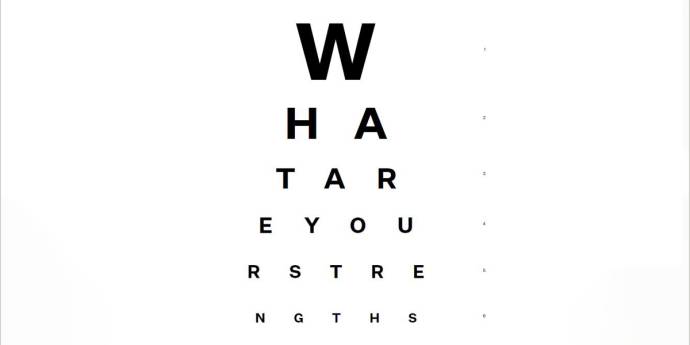How to test your value

At this year’s Institute of Directors’ Leadership Conference in Christchurch, one of the regular online polls conducted with the delegates stood out – it showed half the boards who participated in the poll had not completed an evaluation.
Why do boards measure other parts of their organisation regularly, yet often ignore board performance? They regularly measure financial performance, pore over extensive and regular reports on how they are doing from an operational perspective and, in most cases, see data on employee experience.
So, how do we support chairs and directors to be successful and add value to the organisation through their board role? Peter Drucker’s oft-quoted maxim, ‘What gets measured gets managed’, is as relevant to boards as it is to organisations.
It is difficult to know where a board needs to improve if it does not have any data on which to base its actions. Like all parts of the business, getting regular feedback to know what is needed to enhance value is critical.
What a board needs to know:
-
- What are your strengths? Where are the skills in abundance?
- What are the known weaknesses and capability gaps?
- Where are the blind spots, areas you may not realise are weaknesses or have potential for development?
There are three steps to having a constant value and improvement focus.
First, you need data and the only way to get data is through measurement. Just as we expect the business to have a continuous improvement focus and to constantly become more effective and more efficient, so must the board.
The only way to do this is through a regular evaluation and monitoring cycle. There has been an explosion in board evaluation and monitoring tools over the past couple of years, and when thinking about measurement it should be viewed through different lenses.
-
- The behavioural lens: what behaviours do we individually and collectively demonstrate in exercising our board responsibilities. What do people observe us doing, and what impact does that have on our fellow directors and the key stakeholders inside and outside the organisation?
-
- The capability lens: what skills, knowledge and expertise do we have, what gaps exist, how can we mitigate those gaps and what are the consequences on board performance?
- The performance lens: how do we know we are having an impact on the business, is the business better governed, is it meeting the expectations of stakeholders/ shareholders, and is the organisation aligned around strategy?
- The operational lens: is the board’s infrastructure and systems and processes set up for effective decision-making?
Only focusing on one or two of these dimensions will not give you the full picture, and how and where your board can add value. To fully understand if you are adding value, you need to test and evaluate yourself on all four levels. Unless you are successful on all four you will not produce sustainable value.
Step two is how you translate that data and insights into action – the most important part of the evaluation process. This is expected of any part an action plan and delivering on that. Don’t just measure because you feel you must, and it is in your constitution – measure because you are committed to adding value by acting.
The third step is, ‘see what works and what doesn’t’. If an intervention is not working, a board should have the agility and courage to change things. Progress should be regularly reviewed and monitored, and the action plan modified as more information appears.
“Do a deep dive evaluation on all four dimensions – behaviour, capability, performance and operations – in the first year to baseline your performance as a board and identify the areas you need to focus and work on.”
Devoting valuable board time to ‘where we added value’ can seem indulgent when there are so many pressing priorities and demands. Undertaking a multi-dimensional measurement process can be time- consuming, which is one of the reasons why the most effective way for boards to get value from evaluation, but make it pragmatic and practical, is to follow a three- or four-year cycle.
Do a deep dive evaluation on all four dimensions – behaviour, capability, performance and operations – in the first year to baseline your performance as a board and identify the areas you need to focus and work on.
In the next two or three years, conduct a pulse check survey on those key areas you have identified, as well as other lead indicators of board performance, then go back and do another deep dive evaluation on all four dimensions.
The reflection action cycle is common in learning and development. Why not translate that concept to the board cycle? Plan what you are going to do as a board, do the work, reflect on it and learn from the work experience and evaluate the results. Measurement through the four lenses is essential.
The results should be there for all to see – a better-functioning board with value at its core.
Ready to test your value? Unlock your board’s full potential and drive your organisation towards sustained success with an IoD board evaluation. Visit our website here to see the services we offer to support your board, or give our team a call on 0800 846 369.